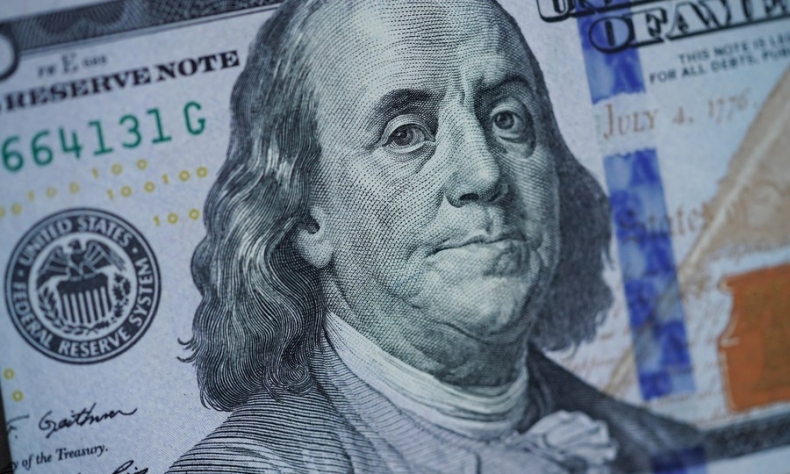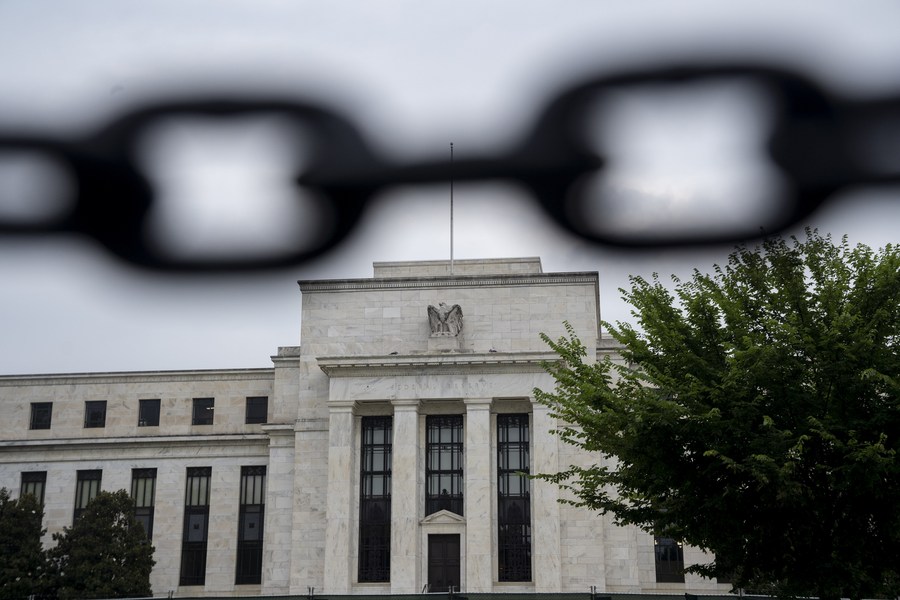Why De-Dollarization Is Gaining Momentum Worldwide

Less dependence on the dollar is a necessity for many countries to be able to not only secure their national sovereignty but also improve economic development.
Since the end of the Second World War, as part of the “Bretton-Woods” economic system created by the United States, the U.S. dollar has been the world’s primary and hegemonic currency. The dollar has dominated the global financial and banking system, as well as acting as the primary instrument of trade and valuation for all key commodities, such as crude oil and gold. Through this system, the United States has been afforded extraordinary influence over the global economy through its central bank, the Federal Reserve, as well as the organizations it owns a majority share, including the World Bank and the International Monetary Fund.
In having such privileges, the United States has long been able to weaponize the dollar for political means, using it as a tool to sanction and coerce other countries. The ability to blacklist an individual, an institution, or an entire nation from the usage of the dollar has powerful and immediate consequences, effectively serving to isolate them from the global economy through the “deterrent” effect it creates. If a targeted entity is subject to sanctions, banks cannot lend to them due to the penalties they may face from the U.S. government, nor will large corporations risk doing business with them. This allows the U.S. to apply “extraterritorial jurisdiction” to those outside of its immediate territory.

For a long time, this was the accepted orthodoxy, especially when the United States was the only major power in the world. However, the world is changing, and the last few years have seen a major trend toward what is described as “de-dollarization”: the lessening dependency on the U.S. dollar and its accompanying financial systems as a means of transaction, instead settling trade, investment, and other deals in bilateral currencies. There are many reasons why this shift is taking place.
The first, as noted via the factors above, is political. Countries increasingly feel that over-reliance on the U.S. dollar subjects them to political control by the United States, which can undermine their key enterprises and economy at a whim for geopolitical ends.
After the United States withdrew from 2018’s Joint Comprehensive Plan of Action (JCPOA), also known as the “Iran deal,” a UN-recognized treaty, it then imposed thousands of unilateral sanctions on Iran, contrary to international law, attempting to isolate the country from the global economy. Even though European leaders supported the deal, the U.S. nonetheless was able to use the sanctions to force EU businesses to withdraw from the country, whether they liked it or not. This demonstrated a key problem of “U.S. unilateralism” and forced the European Union to create its own independent mechanism of payment – a move to de-dollarization.
But it has ultimately been the geopolitical changes of the past few years, including the reversion of global affairs to great power politics and, of course, the war in Ukraine, which has deeply accelerated the trend towards de-dollarization. This is largely due to the existing international order having fragmented, with countries becoming much more sensitive about their national sovereignty amidst U.S. pressure. For example, while the U.S. placed thousands of sanctions on Russia, countries have sought to trade in their own bilateral currencies in order to obtain Russian commodities or services.

China also last week announced a deal with Brazil to settle bilateral trade in their own currencies, motivated by economic and financial incentives. Besides geopolitics, the dominance of the U.S. dollar also allows the U.S. to manipulate the global financial system to its own benefit, often at the expense of others, especially in terms of interest rates. Following disruptions caused to the global economy by COVID-19 and the U.S.’s attempt to force its economy to restart by injecting trillions of dollars into the money supply, leading to an inflation boom, the Federal Reserve responded by repeatedly increasing interest rates.
Because the dollar is the primary medium for the financial markets, these interest rate rises sent many developing countries into economic and debt crises. In other words, the U.S. dollar discriminates against the global south and provides an obstacle to economic development. Therefore, less dependence on the dollar is a necessity for many countries to be able to not only secure their national sovereignty but also improve economic development. The U.S. dollar cements a U.S.-centric world, meaning all other countries are subject to their economic and political preferences. But now, the political world climate is shifting toward multipolarity, and, as such, countries are increasingly conscious of these pitfalls. De-dollarization is therefore gaining momentum worldwide as many countries look for new means to establish trade and investment on their own terms.
 Facebook
Facebook
 Twitter
Twitter
 Linkedin
Linkedin
 Google +
Google +







